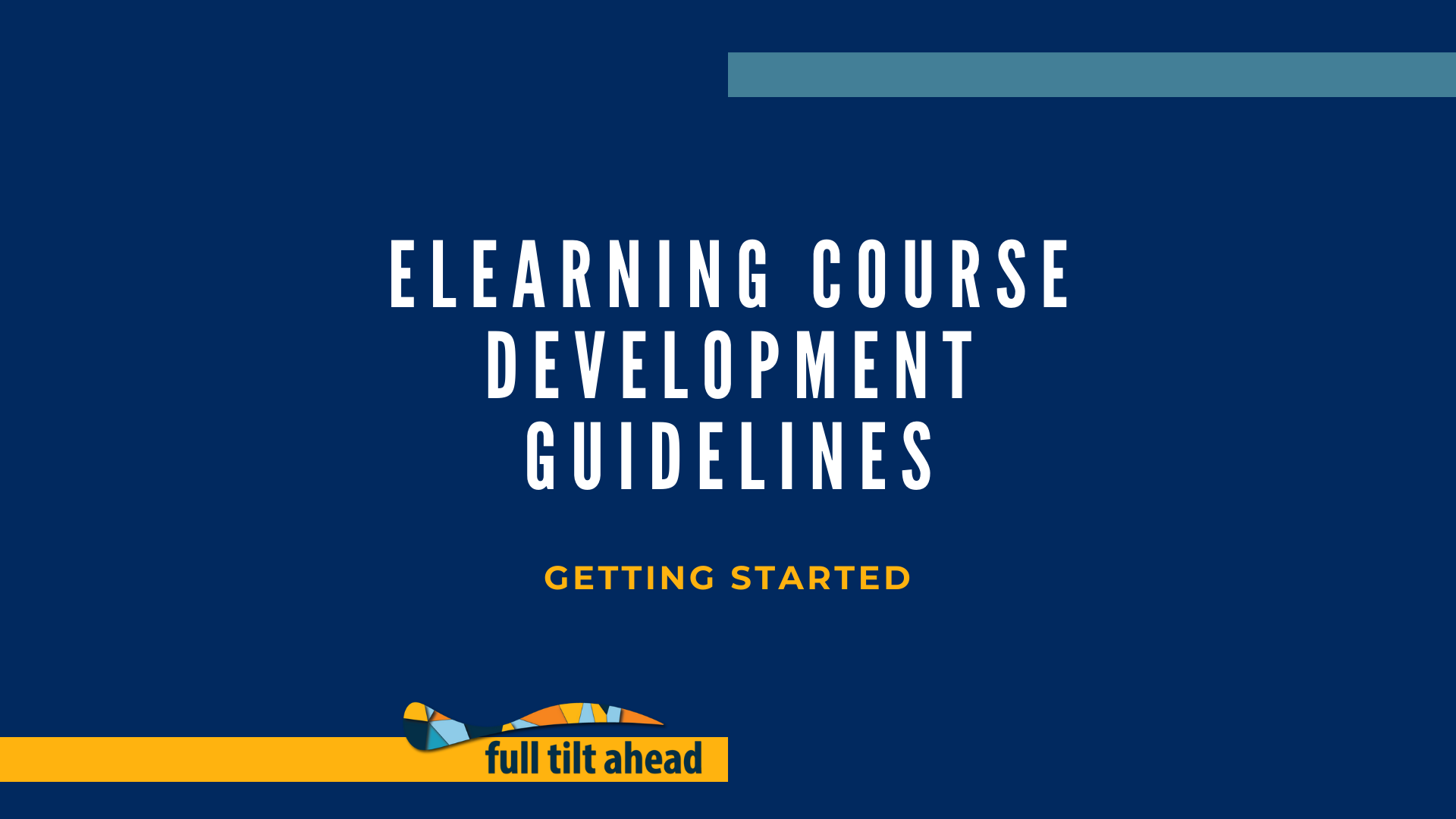eLearning Course Development
Thanks to COVID-19, the way we teach has changed—and likely for good. Teachers went from standing in front of classrooms full of students to standing in front of a camera. That’s a pretty big change, and not one that just impacts how they interact with their students. Now, educators are facing a variety of challenges from planning their courses for an online audience to adjusting their lecturing techniques. To help them bridge the gap, we’re offering this course development guide as a roadmap to creating excellent eLearning courses. This series will be split into three parts. For now, we’ll focus on the first four steps of excellent course design.
The First Four Steps for Effective Course Design
- Goals: Start here. What should students know, value, or be able to do 3-5 years after the course has concluded? These should be specific but broad goals.
- Objectives: What are the individual objectives that support the goals you have developed? Objectives should clearly align with goals. If you have objectives that are not aligned to any of the goals you’ve identified, then they are unnecessary.
- Assessments: It seems counter-intuitive to consider assessment before we have looked at the content, but the assessments will help teachers and students determine if students have met the objectives for each module. Assessments should always guide the learning content that is presented to students.
- Learning Content & Activities: Once you know how you are going to assess students, what learning activities and content do you need to provide to them in order to help them practice the skills and obtain the knowledge they need to be successful on the assessments? Examples of content you could share with the eLearning development team include:
- Slide decks that include slides with bullets, images or videos along with notes that explain the content of each side.
- Summaries of published, peer-reviewed articles (along with appropriate citation).
- Paragraphs of text with related images or examples of imagery you would like to use.
- Pictures, infographics or other visual content accompanied by explanatory text.
- Videos (links to streamed content or uploaded videos) accompanied with explanatory text.
- Knowledge checks in the form of multiple choice, multiple answer, matching, fill-in-the-blank or sorting questions.
- Links to external embeddable tools such as this.
Be sure to check back next week for the the final steps on course design, “alignment” and “course workload.”
Course design tips credit: L. Dee Fink, Creating Significant Learning Experiences: An Integrated Approach to Designing College Courses Revised and Updated Edition.

